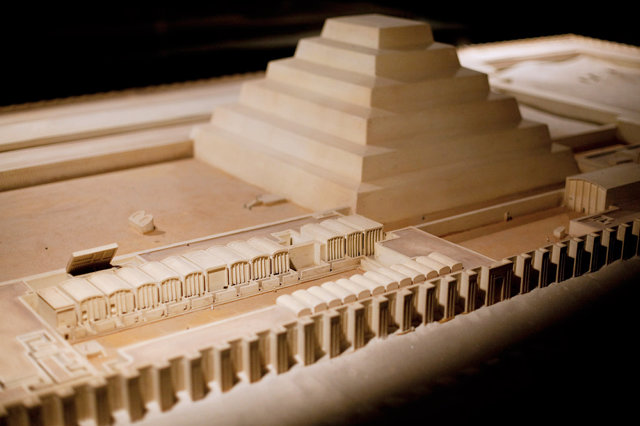This month marks the sixth anniversary of one of the most dramatic episodes in the history of the U.S. economy.
Over the course of three weeks in Sept. 2008, Fannie Mae and Freddie Mac were nationalized, Lehman Brothers filed bankruptcy, Bank of America agreed to acquire Merrill Lynch, the Federal Reserve bailed out AIG with an $85 billion loan, and the FDIC seized savings-and-loan giant Washington Mutual.
Had the financial crisis been a typical recession, it would have been long forgotten by now. But it wasn’t. And, as a result, we’re still living with the consequences.
Nowhere is this more apparent than the housing market. Even though soaring home prices have led some to proclaim a new bubble, the evidence is clear that the markets for both new and existing homes remain a fraction of their former selves.
The lack of demand for new homes
The natural place to start a discussion about the state of housing is the market for new homes. There are two reasons for this. First, new home construction is intimately intertwined with the demographics of the United States, fueled in large part by population growth and household formation. And second, the homebuilding industry is a critical component of the domestic economy.
Since 1950, residential investment as a share of gross domestic product has averaged 4.7%. Last year it was only 3.1%. That equates to an annual shortfall of $288 billion. If you add this back in, it’s projected that economic growth would jump to 4%, or nearly double that of the last few years, and that upwards of 1.5 million jobs would be created.
The main problem is that fewer homes are being built than at any time since 1960. When you factor in population growth and the need to demolish 300,000 dilapidated homes each year, it’s estimated that an average of 1.5 million homes must be built on an annual basis to keep up with long-term demand. Yet, in the six years since the financial crisis, we’ve averaged 727,000.
The drop originally appeared to be the result of past oversupply. From 2002 to 2006, homebuilders turned out almost 1.9 million units a year. This generated a cumulative surplus of almost 2 million new homes. If you do the math, however, this theory only accounts for the drop in construction through the middle of 2010. Since then, a cumulative deficit has emerged to the tune of 2.6 million units.
One explanation is that homeownership has lost its appeal. At the end of 2004, 69% of American households owned their home. The same figure today is 64.7%. Another answer is that fewer households are being formed each year due to the downbeat economy. Prior to the crisis, 1.35 million new households were created on an annual basis. Since then, the figure has fallen to 569,000.



